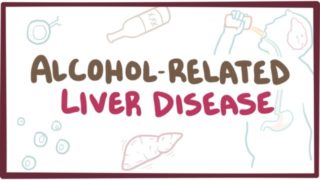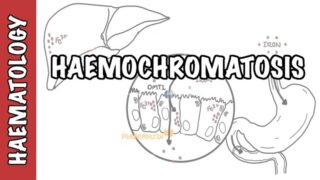Acute Cholecystitis
Acute cholecystitis predominantly occurs as a complication of gallstone disease and typically develops in patients with a history of symptomatic gallstones. The term cholecystitis refers to inflammation of the gallbladder. It may develop acutely in association with gallstones (acute cholecystitis) or, less often, without gallstones (acalculous cholecystitis). Acute cholecystitis refers to a syndrome of right […]
Acute Cholecystitis
Other Videos You Might Like:
Subscribe
Login
0 Comments




